Tilt-Up Academy > A Parametric Study of the New Diaphragm Design Force Methods
WELCOME TO TILT-UP ACADEMY
Stream world-class tilt-up education and training with an all-access subscription - just $17/month.
Already a subscriber? Login to access your content.
A Parametric Study of the New Diaphragm Design Force Methods
Duration: 55 minutes
Speaker: John W Lawson
Since its introduction into U.S. building codes and standards, a single generally-accepted method has existed for determining seismic design forces on roof diaphragms. Recently, an alternate procedure was introduced in ASCE 7-16, and then an additional alternate procedure was introduced in ASCE 7-22 for single-story tilt-up and masonry buildings. Suddenly the determination of these diaphragm forces has become much more complex. The two newer methods are based on better research; however, it is of general interest to the engineer and their client to evaluate which method might be most cost efficient to select. This presentation provides a brief background of these three diaphragm design force methods and evaluates them side-by-side for a typical large single story tilt-up building. It is revealed that the choice of the most cost-efficient method is not necessarily straight-forward, and is instead dependent upon the building size, shape, response modification factor R, and the building site's seismicity. Armed with this knowledge, the design engineer can evaluate the balance of cost efficiency and modeling appropriateness when selecting a diaphragm seismic design force method on a particular project.
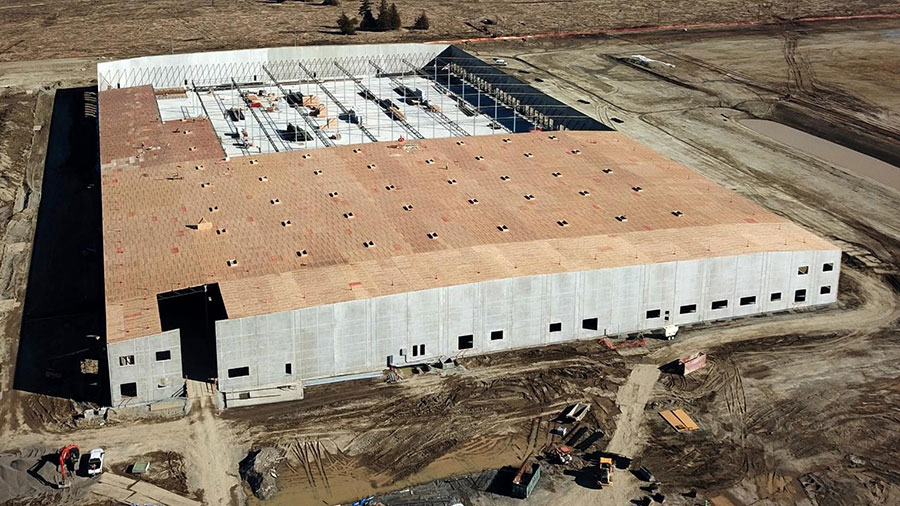
Continuing Education
Credits: 1 PDH/LU
Provider: Tilt-Up Concrete Association
Browse By Course Category
Newest Courses

Tips and Methods to Building Tilt-Up Sandwich Panels
54 minutes
With the increased demand for energy-efficient buildings comes the need for insulated tilt-up sandwich panels. This seminar aims to increase familiarity...
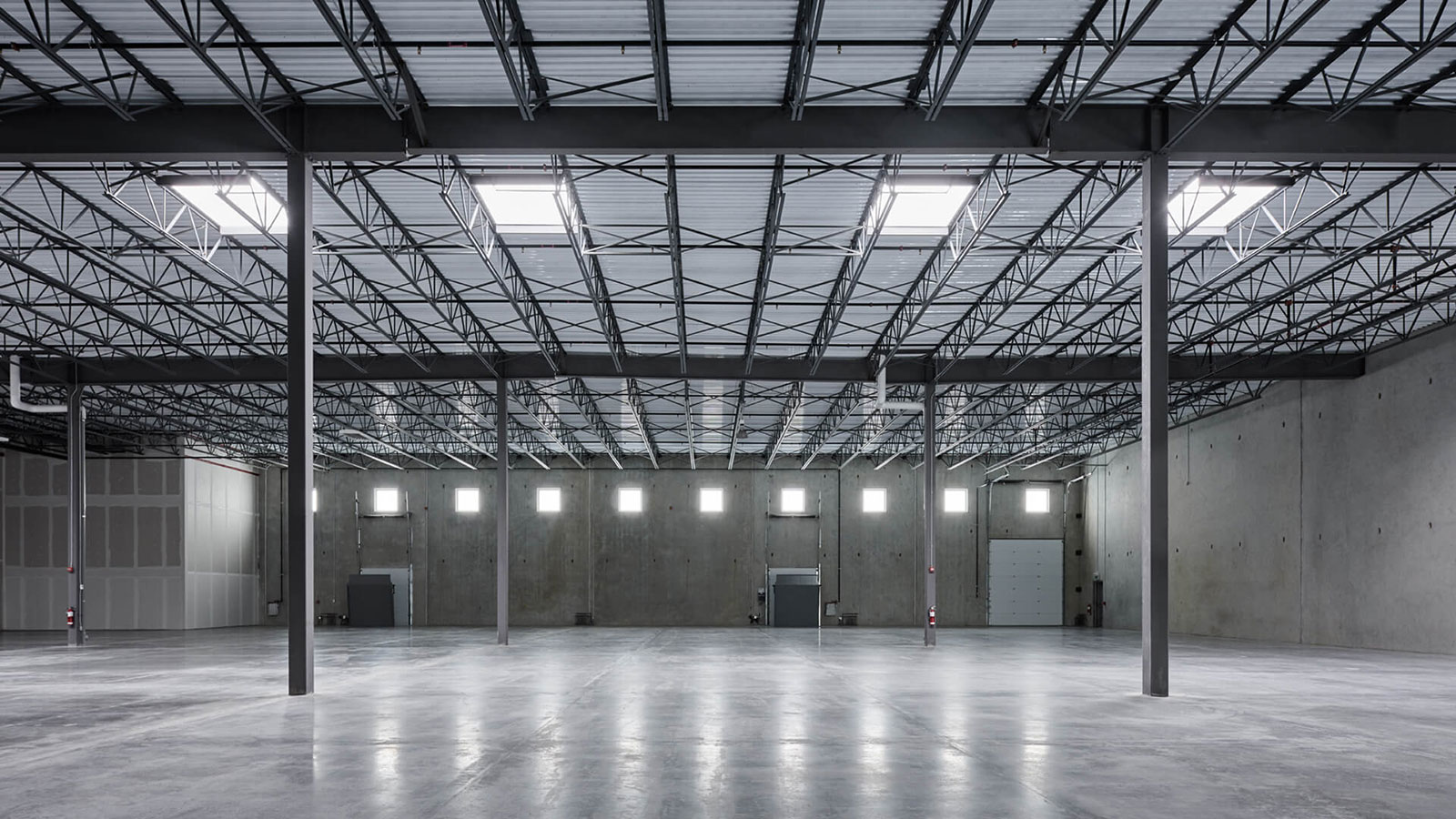
Achieving Net Zero Energy with Tilt Wall
50 minutes
We’ve moved on from a time when small consumer decisions like using compostable straws could be considered an adequate response to address climate...
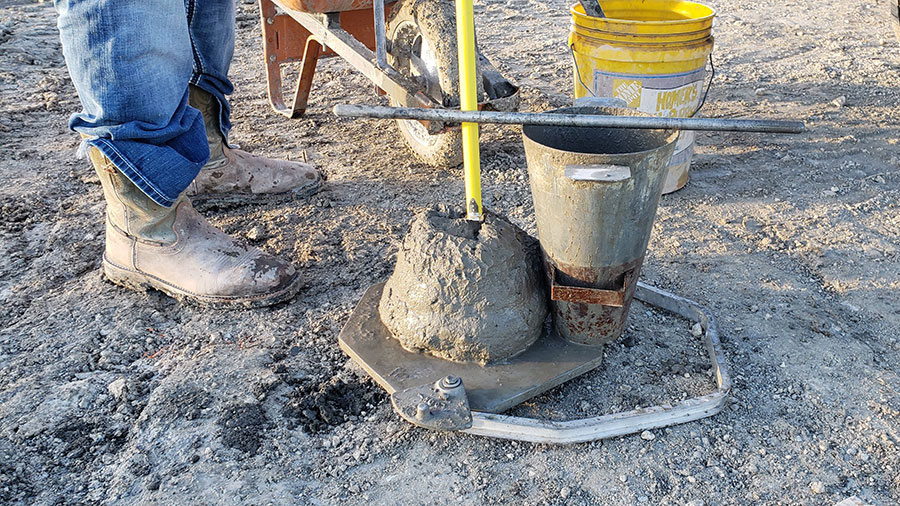
Why is Slump Mandated in Project Specifications?
30 minutes
With the advances in concrete technology over the last 50 years, why is slump still being mandated in project specifications? This presentation will begin...
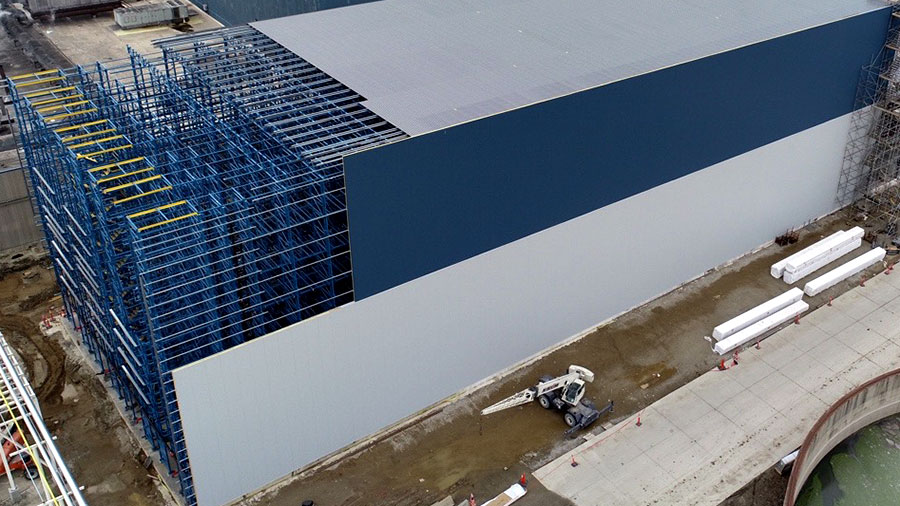
Better Materials, Better Designs, Better Ways to Build with Concrete
45 minutes
Design and construction professionals face significant challenges driven by increasing customer demands, rapidly changing material costs, strained supply...
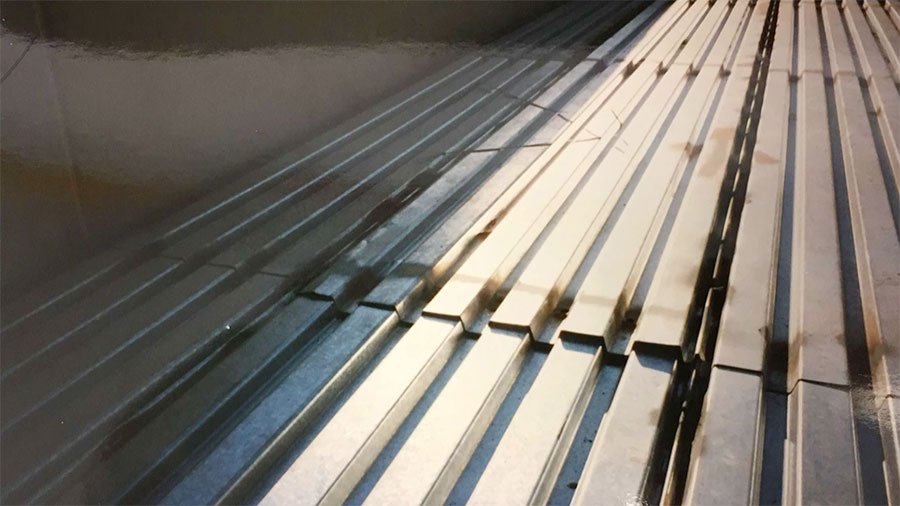
Structural Engineering Challenges While Designing Tilt-Up Structures
53 minutes
This seminar will speak to of the challenges of structural design in tilt ups. Joining me in this presentation will include John Lawson, S.E. Together...

Building Psychological Safety to Address Mental Health
51 minutes | 1 PDH/LU
After two years, the stresses of a global pandemic have compounded the existing mental health challenges in the construction industry. According...
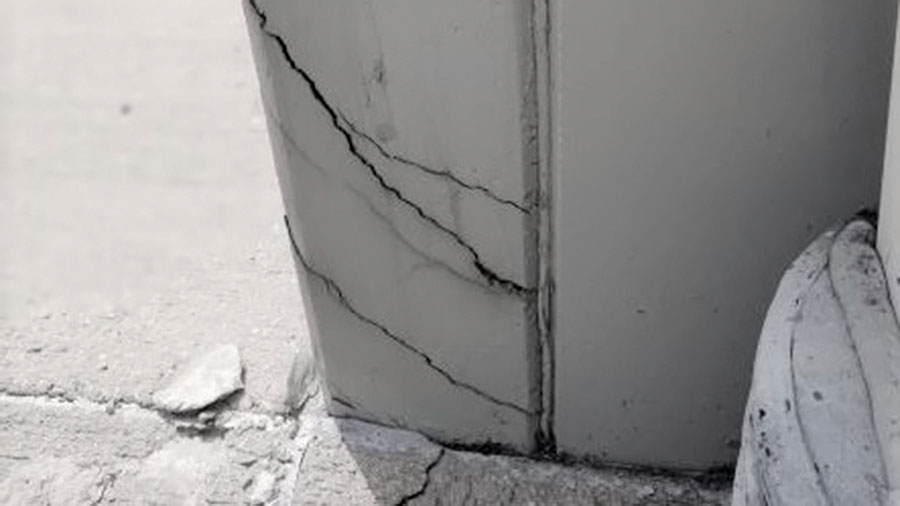
56 minutes | 1 PDH/LU
Needham DBS was called to investigate cracks on a building after years of issues. The building had a history of failed panel to slab connections and significant...

A Parametric Study of the New Diaphragm Design Force Methods
55 minutes | 1 PDH/LU
Since its introduction into U.S. building codes and standards, a single generally-accepted method has existed for determining seismic design forces on...

Safety Success through Proper Communication
42 minutes
This talk centers around the success Martin Concrete Construction has had with a bottom-up approach to safety culture. Specifically, this talk will discuss...
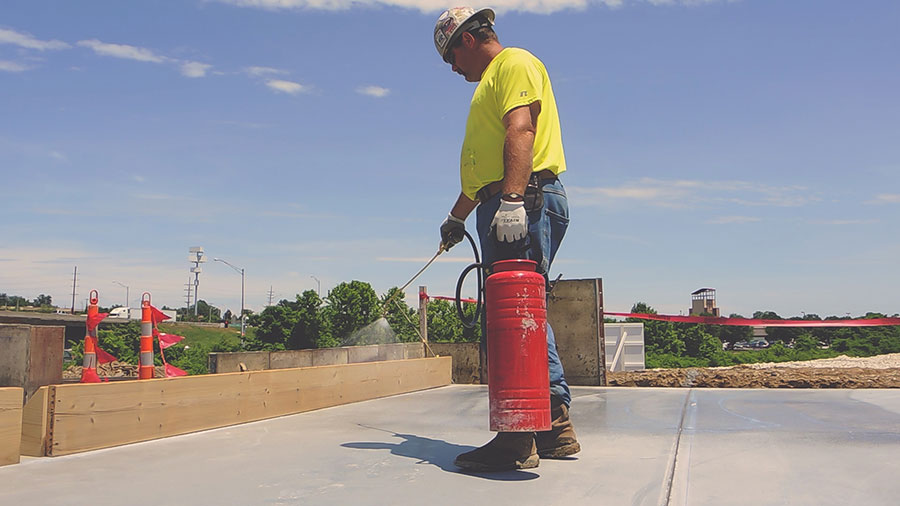
The Evolution of Bondbreaker: History, Best Practices, and Troubleshooting
35 minutes | 1 PDH/LU
This presentation will discuss the origins of tilt-up bondbreaker and its evolution over the years to the products we use today. The discussion will also...